May 14, 2019 by Klaus Crow
Bigstock photo

That’s why most guitar players use it most of the time. Great nothing wrong with that.
But wouldn’t it be nice if you could add a few notes to the minor pentatonic scale to give it more flavor and spice up your playing?
Well today we’re going to add the major third to the minor pentatonic scale. The major third will bring some happy, fresh and lively color to the table. Adding extra notes to the pentatonic scale is a common thing in soloing and will make your playing a lot more fun and interesting to listen to.
I’ll show you how to play the 5 pentatonic scales shapes / positions adding the major third and 5 licks to spice up your playing.
THEORY
The major third is a musical interval and is the distance between the root and the third note of the major scale. It also consists of four semitones (4 frets).
For example:
A major scale = A B C# D E F# G#
Major scale formula = 1 2 3 4 5 6 7
If “A” is your root note then “C#” is the major third.
Now let’s take the A minor pentatonic scale to add the major third.
Pentatonic scale formula = 1 b3 4 5 b7
A pentatonic scale = A C D E G
Adding the major third you get:
1 b3 3 4 5 b7 = A C C# D E F G
PRACTICE
Below you can see the 5 positions of the A minor pentatonic scale. In each position I’ve added the major third. The root note is colored red (in this case an “A” note). The major third is colored blue (in this case “C#” note).
For each of the five positions there’s an accompanying pentatonic lick with the added major third to see how it is applied to soloing.
Note:
– For beginners practicing position 1 and lick #1 is sufficient. Focus on quality over quantity.
– Intermediate and advanced players can practice all positions and licks.
Tips:
– Memorize where the root note and the major third is located for each scale shape / position.
– Practice the shapes / positions in different keys around the neck.
– Study the licks and then create your own licks adding the major third.
– Incorporate the licks into your playing.
– Take your time and while you’re practicing don’t forget to have fun.
Enjoy!
(if you don’t see the video lessons in the newsletter then check this post on the blog)
A Minor Pentatonic and added Major Third, Position 1
Lick #1 (position 1)
A Minor Pentatonic and added Major Third, Position 2
Lick #2 (position 2)
A Minor Pentatonic and added Major Third, Position 3
Lick #3 (position 3)
A Minor Pentatonic and added Major Third, Position 4
Lick #4 (position 4)
A Minor Pentatonic and added Major Third, Position 5
Lick #5 (position 5)
Lick #6 (position 2, 1 & 5)
This last example makes use of three different positions of the scale. Freedom is everything.
“The beautiful thing about learning is nobody can take it away from you.” ~ B.B. King
If you liked this post you should definitely check out 50 Cool Blues Licks Improvisation and get the most out your blues improvisation.
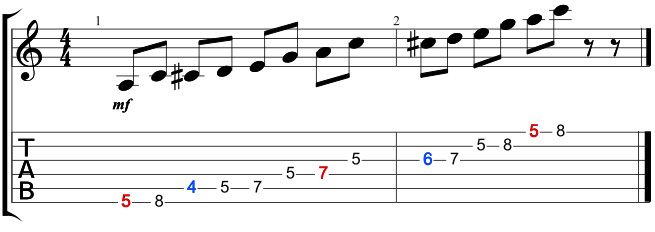
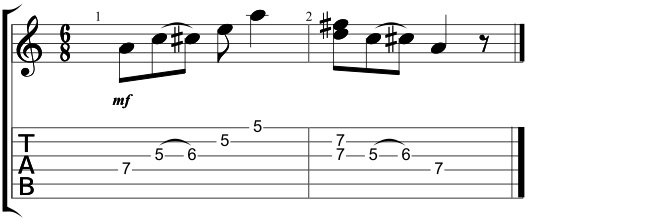

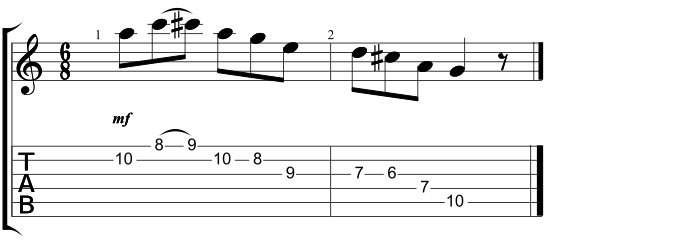

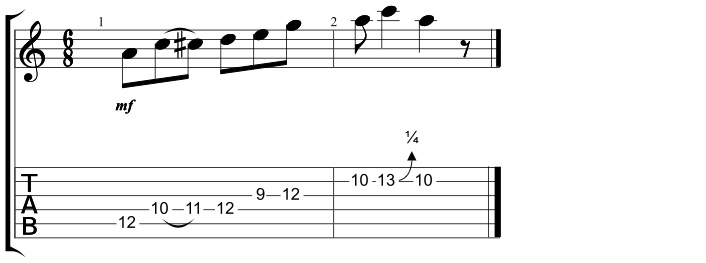
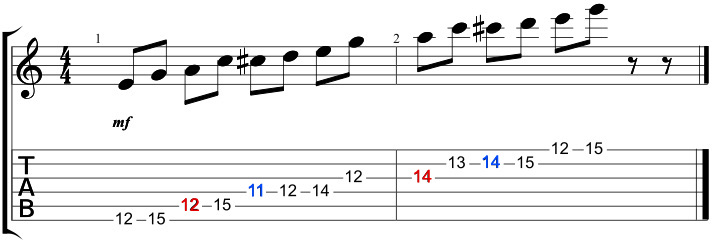




Adding the major third really gives it that something extra.
Thanks!
Thomas
Hi Thomas,
Definitely. Listen to B.B. King. He loves using that major third in his blues soloing along with many other blues guitar players.
Thanks a lot bro!!! Awesome knowledge!!!